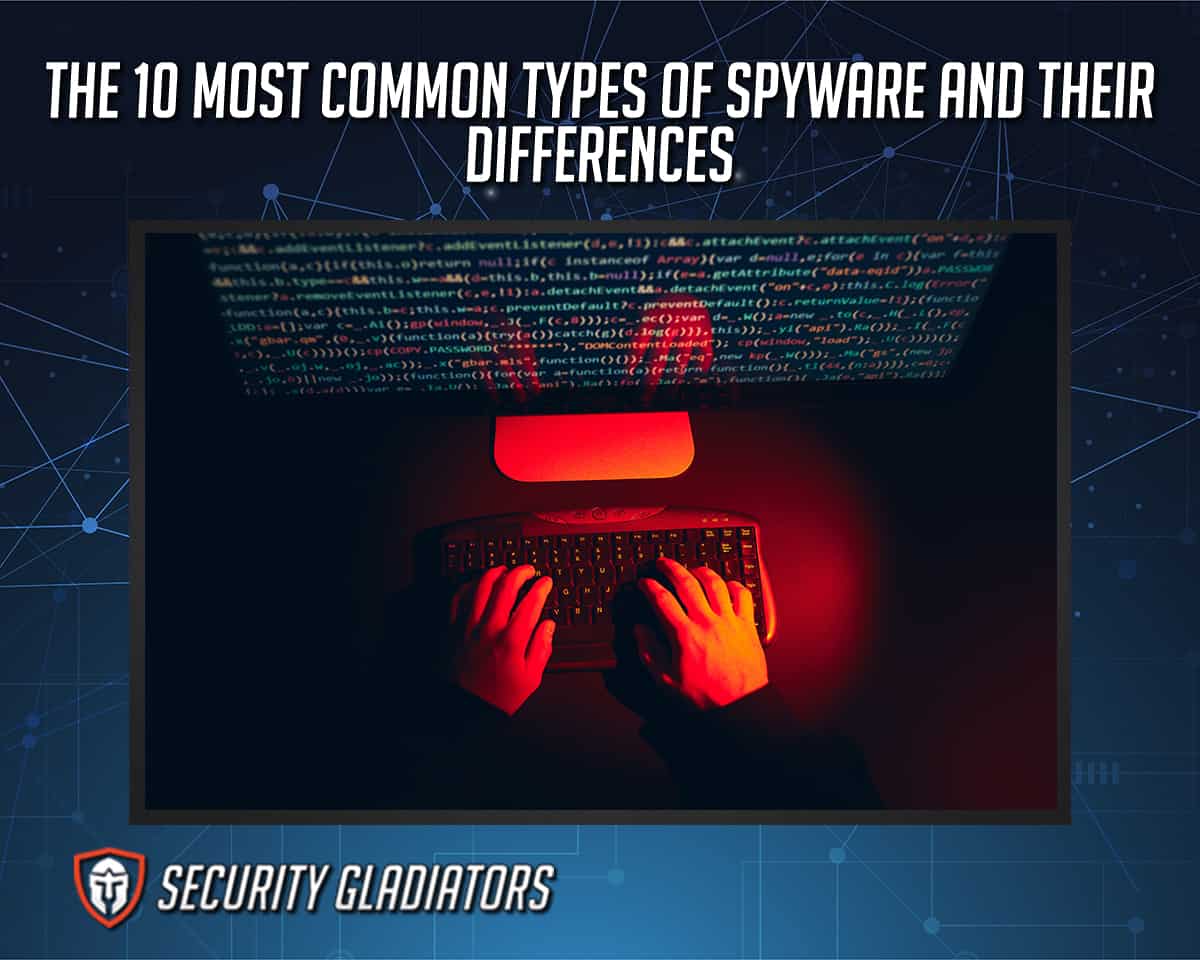
Table of Contents
1. Advanced Keylogger
Advanced keyloggers can record every move of the user’s keyboard, such as keystrokes, passwords and logins. The program then transmits reports covertly to an email address and encrypts the records. By recording every website the user visits, the keylogger carefully tracks the user’s online activities. Also, the keylogger has a feature of screenshotting the screen of the user and saves visual statistics of everything that’s been happening.

Listed below are the different types of advanced keyloggers.
- Kernel-based Keylogger: The Kernel-based keylogger is a type of advanced keylogger with a rootkit program that allows the program to perform instantly on the computer operating system. The program records every move without being noticed. The Kernel-based Keylogger has the benefit of being difficult to remove and discover, reaching all data from the keyboard up to the operating system. The drawbacks of the program include being difficult to set up, requiring knowledge of keyboard functions and not gathering the complete passwords of users. The difference between the Kernel-based keylogger and the memory injection keylogger is that Kernel keylogger automatically acquires administration capabilities just by loading at the operating system. The memory injection keylogger only alters the set of codes to go beyond standard authentication.
- Memory-injection-Based Keylogger: A memory-injection-based keylogger is an information-stealing tool that uses memory injection to alter crucial information. The program works by being injected into the computer’s memory. The memory injection based keylogger differs from the hypervisor keylogger. The hypervisor keylogger targets the computer’s operating system, while the memory injection keylogger only steals information from the users.
- Hypervisor-based: Keyloggers based on a hypervisor can operate undetected. The particular focus of the hypervisor is to attack under the operating system of the computer. The difference between a hypervisor and a Kernel keylogger is the difficulty. Kernel-based keyloggers are much more complicated to use than the hypervisor. The process of Kernel keyloggers requires a wide range of knowledge to use the program properly.
2. CoolWebSearch (CWS)
One of the most popular malware programs for browser hijacking is CoolWebSearch. CoolWebSearch is a type of browser hijacker that is available in several distinct versions and that employs various methods. The web engine works by pop-up advertisements and inappropriate websites. CoolWebSearch gains an illicit income through pay-per-click, so every time a user clicks the pop-up ads, CoolWebSearch gains a profit. The disadvantage of being infected with CoolWebSearch is becoming a victim of spyware that gathers and tracks online activities.
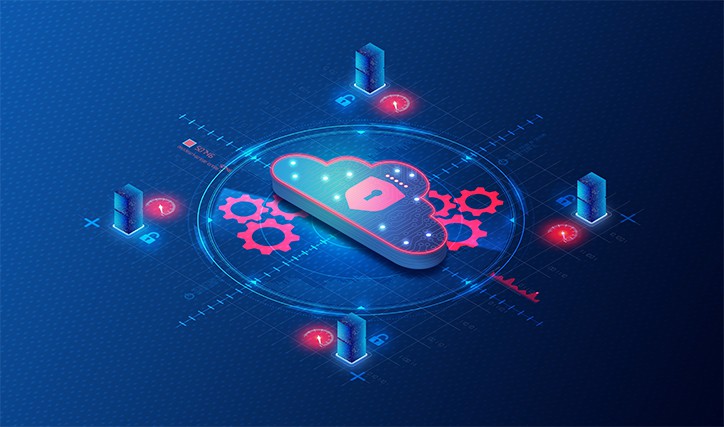
Listed below are some types of CoolWebSearch.
- Data Notary: The Data Notary is a version of CoolWebSearch that places a file in a Windows folder, which is configured to follow all the users’ browser activities. The code of the Data Notary will try to determine when the computer user is visiting pornographic websites. The difference between the Data Notary and SvcHost is that the Data Notary focuses on recording the users’ activity on an inappropriate website. Svc attacks all the web search engines on the computer to damage the host’s files.
- Svc Host: The Svc Host targets search engines like Yahoo, Google, Bing and others by taking over the user’s host files. Using a computer as the local host operating the browser on these websites will cause the creation of a hacked error page that leads to a CoolWebSearch-affiliated website. Unlike the Boot Conf, which controls the computer user’s engine, the SvcHost focuses on the files of the host.
- Boot Conf: With Boot Conf, when users put a file onto the computer that can point to CoolWebSearch, the added file will help the program add CoolWebSearch to the antivirus software. The website will then take over the user’s home page and reset the search engine settings. Boot Conf differs from Data Notary, which has a coded function to track the user’s malicious activities.
3. FinSpy (aka FinFisher)
FinSpy is a type of spyware that is used by government agencies. The program is adaptable, with different versions for different operating systems. The function of the program differs depending on the platform. FinSpy is a dangerous spyware. The spyware can collect different login information, file listings, deleted files and recording data, with access to webcams and microphones.
4. Gator (GAIN)
Gator, also known as Gain Adware, was among the first and most divisive open-source adware programs because of being complex to remove. Gator Adware is discreetly installed on a computer to track the user’s online browsing behavior. The adware works by asking the users about preferable online searches, which can lead to more pop-up advertisements.
5. PhoneSpy
PhoneSpy is a type of malware that appears to be a normal mobile app. The most recent campaign by PhoneSpy targeted South Korea. After the installation, the application seeks permission and launches a phishing website that looks like the login page, just like the popular application in South Korea, “Kakao Talk”. PhoneSpy will steal passwords and attack TV, video streaming, messages, photos and browsers. The disadvantages of PhoneSpy are that the program is hard to track and might stay inside the phone for a long time. However, PhoneSpy can be put to advantage, like in emergency cases when someone needs to be located.
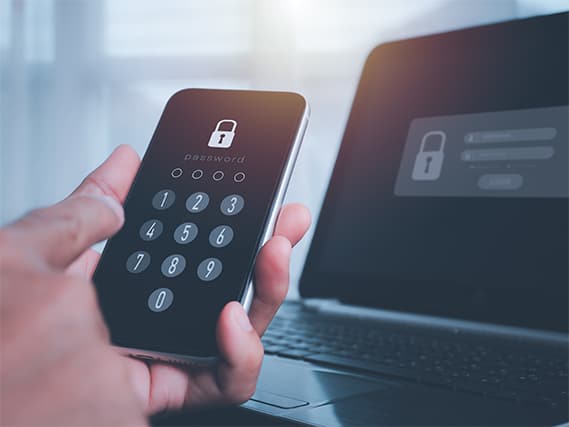
Listed below are some types of PhoneSpy.
- mSpy: mSpy is used by parents who want to track and locate kids. The application works by controlling and checking the cellphone of the user. Parents find the mSpy a helpful tool to keep children safe from inappropriate websites and strangers. However, the application has some disadvantages, such as being expensive, one plan for each device, needing a jailbreak and not updating in real time. Unlike the Cocospy application, mSpy locates and records every Wi-Fi hotspot that connects to the device with every small detail.
- Cocospy: Using Cocospy users can track the target device on both online and offline activities. The application has a surveillance app that operates in a private mode, which enables users to secretly track a smartphone without notifying the owner. The advantages of the application include many features and 24/7 assistance. The disadvantages of Cocospy are not offering a trial, call recording and screenshots feature. The only difference between Cocospy from XNSPY is that Cocospy has a lesser range of devices to be used.
- XNSPY: With a surveillance tool such as XNSPY, companies can track and monitor employees’ activities on company-based smartphones. Employee productivity can also be checked to make sure that the job is finished as scheduled. An advantage of having an XNSPY as a PhoneSpy is that the application is prepared with advanced features that do not require a jailbreak. Also, the application is easy to use and can track phone logs, emails, browsing history and others. The disadvantages of XNSPY are that the live facility is not available 24/7, the app is expensive and only matches Android and iOS devices. Unlike the mSpy, XNSPY has plenty of premium features offered to users.
6. Pegasus
An Israeli corporation created and licensed Pegasus. The program is a type of spyware that is used by governments all around the world. Pegasus could contaminate billions of smartphones with an Android or an iOS system. The spyware works when the computer user accidentally clicks a link. Pegasus will be downloaded to the computer. Users’ photos, messages, music and emails will be vulnerable to Pegasus spyware.
7. Look2Me
Look2Me is a type of adware that watches the user’s online activities, visits websites and records every move of the user. Private information is acquired and given to a preset remote server. Look2Me will display invasive adverts in the user’s browser. The adware can download and set up a variety of undesirable toolbars, add-ons, extensions and others.
8. HuntBar
Internet Explorer’s search can be taken over by the HuntBar plugin, which uses a third-party search engine. The program will hijack the user’s browser, track the browsing behavior and act as the primary home page of the computer.
9. HawkEye
HawkEye is a type of keylogger that has not been used until recently. The program reappeared in the early days of the Pandemic. Computers, key logs and other data that are affected by HawkEye are actively tracked, and the information is transmitted to another server.
10. GO Keyboard
Go Keyboard is a fake mobile application on Android that acts as an online keyboard. When the application is set up on a smartphone, the program will transfer personal data to an inaccessible server without the user’s knowledge.
What Is Spyware?
Spyware is a program that gets injected into a computer and automatically works without anyone’s knowledge. Spyware is a type of malware that accumulates information about a person invisibly and then distributes the gathered information to third parties. This program can transmit details such as a user’s name, address, browsing patterns, interests and bank details. Most victims of spyware experience identity theft. Spyware is a vicious program that can greatly affect the identity of a person.
What Are the Signs of Spyware on a Computer?
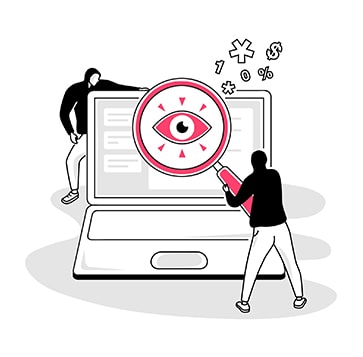
The most common warning signs of spyware on a computer include browsers being hijacked, unauthorized browsers, unstable computer systems, pop-up ads and active lights on internet modems. A browser that is being hijacked will look like an unfamiliar web page with pop-ups that the user cannot remove. An unauthorized browser will provide the user with lists to another browser that are tied to the search term in the browser’s search bar. Most of the lists are connected to advertisements, which also cannot be removed. A computer with spyware will experience an unstable system that usually crashes when used. A crashing system happens because the spyware is continuously working and that occupies plenty of computer space. Pop-up advertisements are one of the most common early signs of spyware. Whenever the user turns on the computer, pop-up ads will constantly show up. An active modem light on internet modems indicates that the spyware programs are using the internet data to gather information from the computer.
How Can I Identify Spyware?
If users cannot locate the malware application, users still can spot warning indications of spyware. Users just need to learn how to check spyware on a computer with the warning signs.
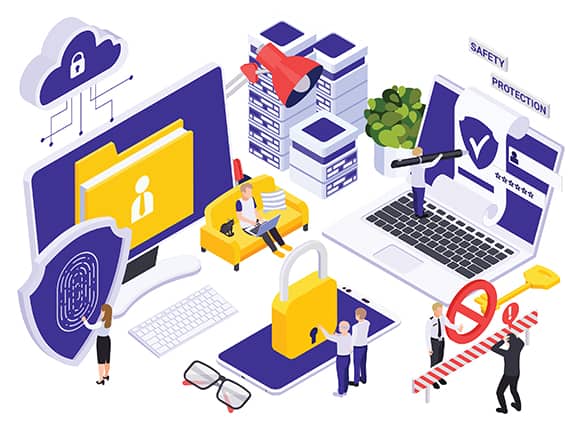
Listed below are the ways to identify spyware.
- Type Msconfig: To check the computer for spyware, type Msconfig in the Windows search bar of the StartUp. If the user notices any unknown software running in StartUp containing a substantial amount of memory, the user must temporarily discontinue the process of the program. If the user is not familiar with the program, search the program online. Once the program is confirmed to be malicious, uninstall the program from the computer immediately.
- Check for Spyware in the TEMP Folder: The TEMP folder can be also utilized to check for spyware. The TEMP folder is created by the computer to easily stop a program or website. The TEMP folder consists of more than just temporary files, in which malware usually hides. Any malicious file noticed must be deleted immediately. The user can also remove everything in the TEMP folder to ensure the malware is successfully deleted, since the TEMP folder only stores temporary data.
- Install an Anti-malware Software: Scanning the computer through an anti-malware software is the best way to find spyware. Anti-malware software detects and removes any threats on the device by scanning the hard drive extensively. The user can download any free anti-malware software such as Comodo Advanced Endpoint Protection. If the computer already has anti-malware software, the user should run the application to scan and detect any threats on the computer.
There are numerous manifestations of spyware that cannot be easily identified. Users will need to deeply scan the device with the help of antivirus software to locate the malicious threats.
How Can I Avoid Spyware?
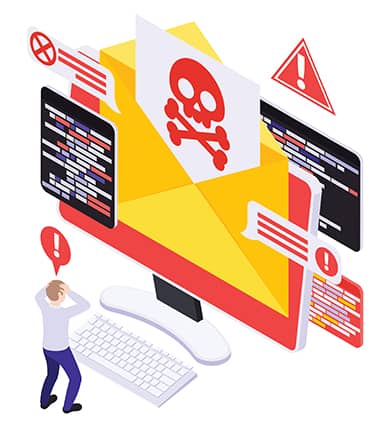
The best way to prevent spyware is having a strong defense. Taking precautions and learning how to prevent spyware will help computer users avoid becoming a victim. Using security software and safe practices on computers will prevent unwanted programs.
Listed below are some precautions to avoid spyware.
- Install trusted antivirus software with antispyware features.
- Do not download unknown email attachments or click suspicious advertisements.
- Always update the computer system.
- Do not open links received in text messages from unknown numbers.
Safe computer practices will save time and energy and provide additional protection from becoming a victim of spyware.
What Kind of Spyware Are Used to Track Suspected Criminal Activity?
Domestic spyware is a type of household or corporation spyware used to track the online activities of employees or kids. These programs are helpful in these circumstances, yet malevolent people can still use the spyware to harm other people. Law enforcement agents use domestic spyware to track criminals that use spyware to steal from big enterprises and government organizations.
What Are the Best Spyware Removal Tools?
A program known as a spyware removal tool helps in locating and extracting harmful spyware. Fortunately, software today include an incorporated antispyware feature that assists in removing infections from the system. Many spyware removal tools are available for users to get rid of such malware.
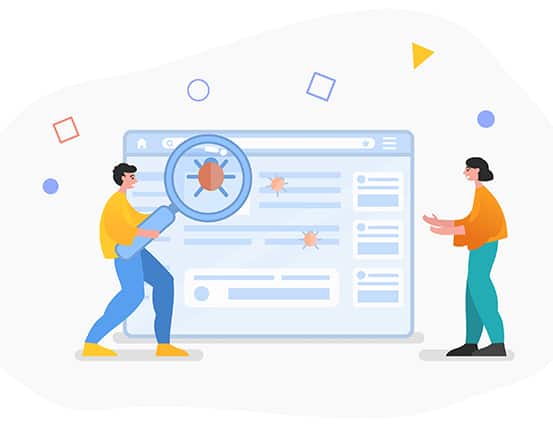
Listed below are the best spyware removal tools.
- Malwarebytes (BestOverall): Malwarebytes are user-friendly to use in extracting hostile malware, particularly spyware. The computer software can examine separate files and folders or the entire hard disk to uncover and remove threats. Malwarebytes is the best spyware because of a solid antivirus scanner that provides several layers of real-time security. The browser extension of Malwarebytes protects against internet threats and viruses.
- Avast Free Antivirus: Avast Free Antivirus can catch any type of spyware and other malware before the user has any idea that the computer is infected. The software is constantly active and looking out for any attacks from malware.
- AVG Antivirus Free: AVG Antivirus is a well-known antivirus program that checks for threats and removes spyware and other things such as ransomware and viruses. What’s good about this software is that AVG Antivirus works as a full malware scanner without any charges. Also, AVG has a deep scan that gives a more precise scan of malicious threats.
Is Spyware Considered a Virus?
Yes, spyware can be considered a virus. A virus brings damage to something or someone, which is the case with spyware. Spyware harms and attacks computer users to steal and sell the private data gathered.

